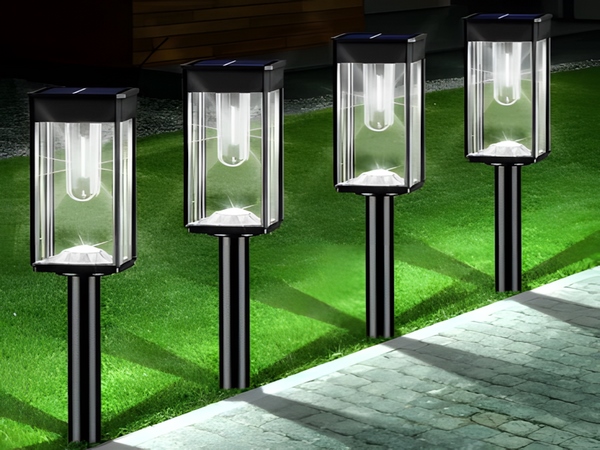
In our daily lives, solar street lights are now ubiquitous. Solar street lights utilize solar energy, which is a clean energy source that poses no harm to the environment. Therefore, using solar energy is an inevitable trend for the current state of the Earth’s environment. However, many people are unclear about the standard voltage of solar street lights. So, what is the standard voltage for solar street lights? Below, we will introduce this topic.
1. The voltage of batteries is divided into 12V and 24V, and multiple batteries can be connected in series. This allows the solar battery panels to also be connected in series for charging.

2. The electricity generated by solar panels is direct current. When charged into batteries, the voltage output from the batteries is therefore 12V/24V/36V, which are common standards for solar street lights.
3. The light sources used in today’s solar street lights are specifically designed for solar panels; thus, the standard voltage is typically 12V/24V/36V. There are also higher voltages such as 48V/72V, among others.

4. Solar street lights capture light energy through solar panels, which work at voltages of 17.5V and 36V. Why are there two voltage standards for solar panels? The answer is that these voltages are specifically designed for the batteries.
The above information discusses the standard voltage of solar street lights. Currently, the voltage used in the entire system of solar street lights only requires 12V or 24V, which is far lower than the safe voltage for humans (36V). Even in the event of a fault, it will not result in safety hazards, ensuring personal safety and environmental cleanliness.



